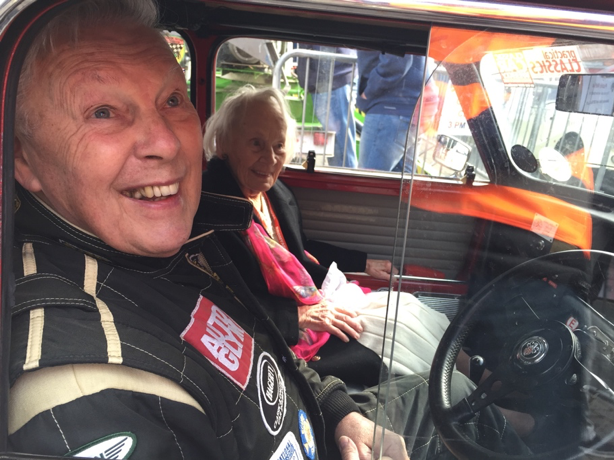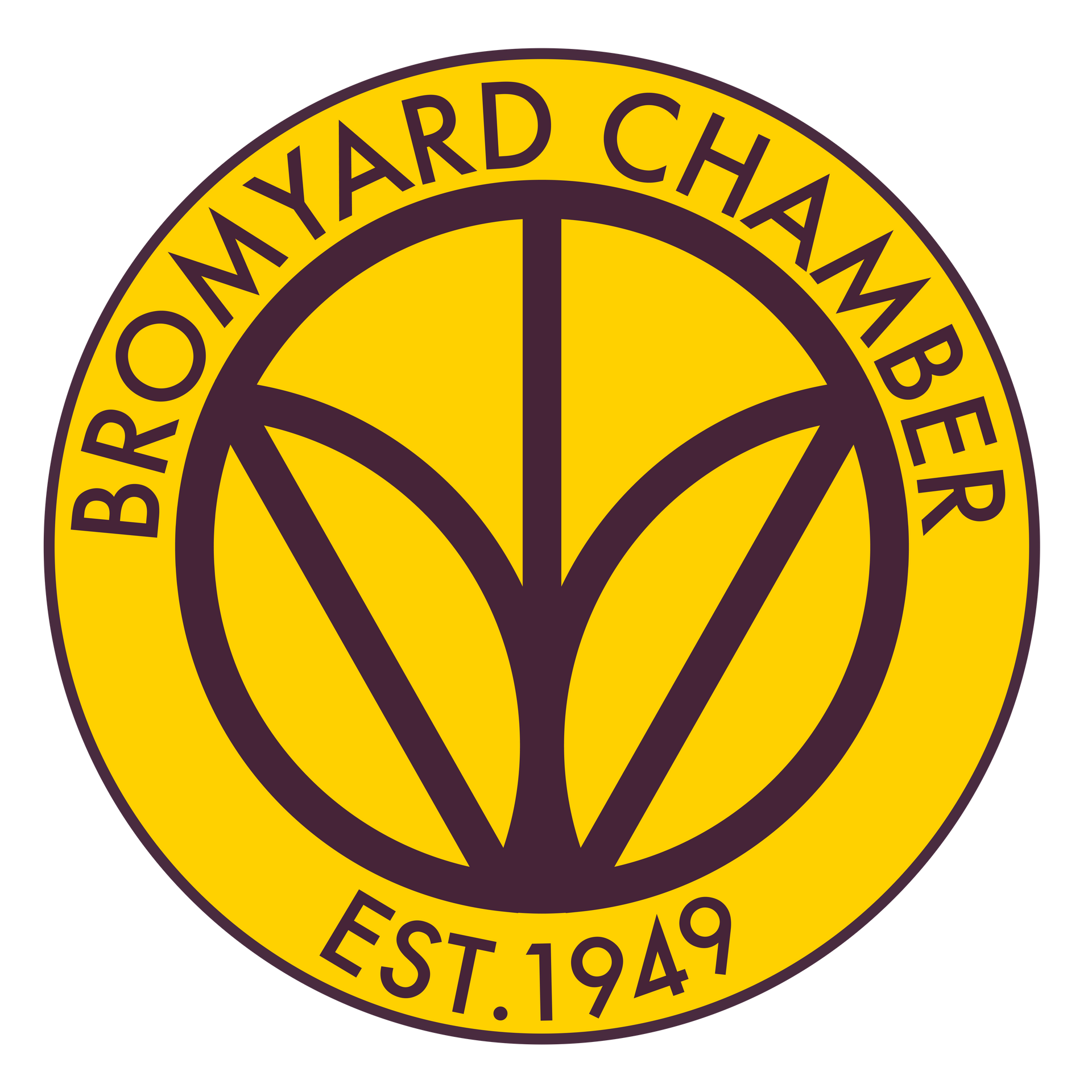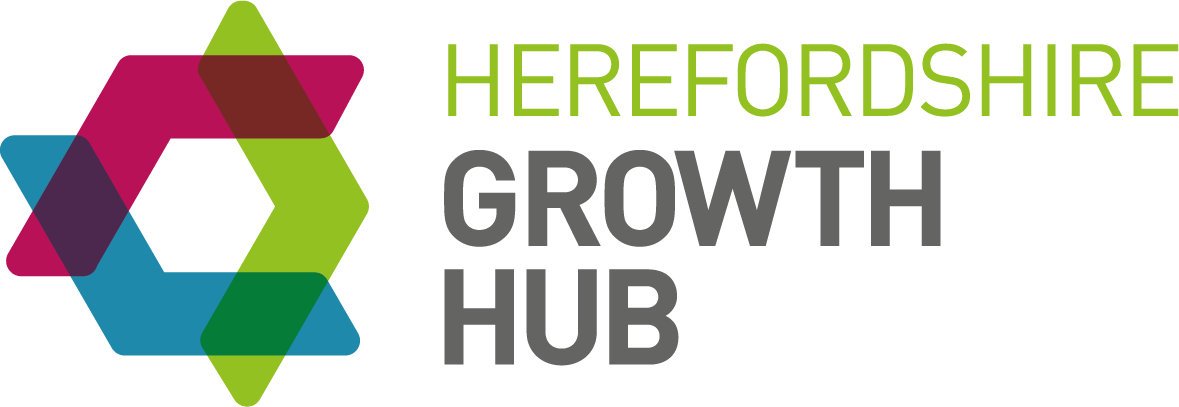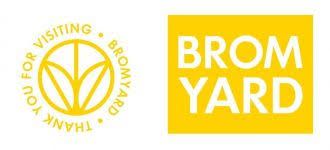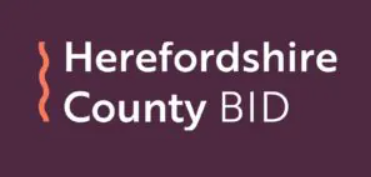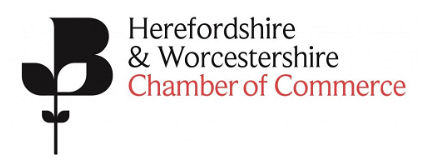Bromyard Engineering & FastaKarts
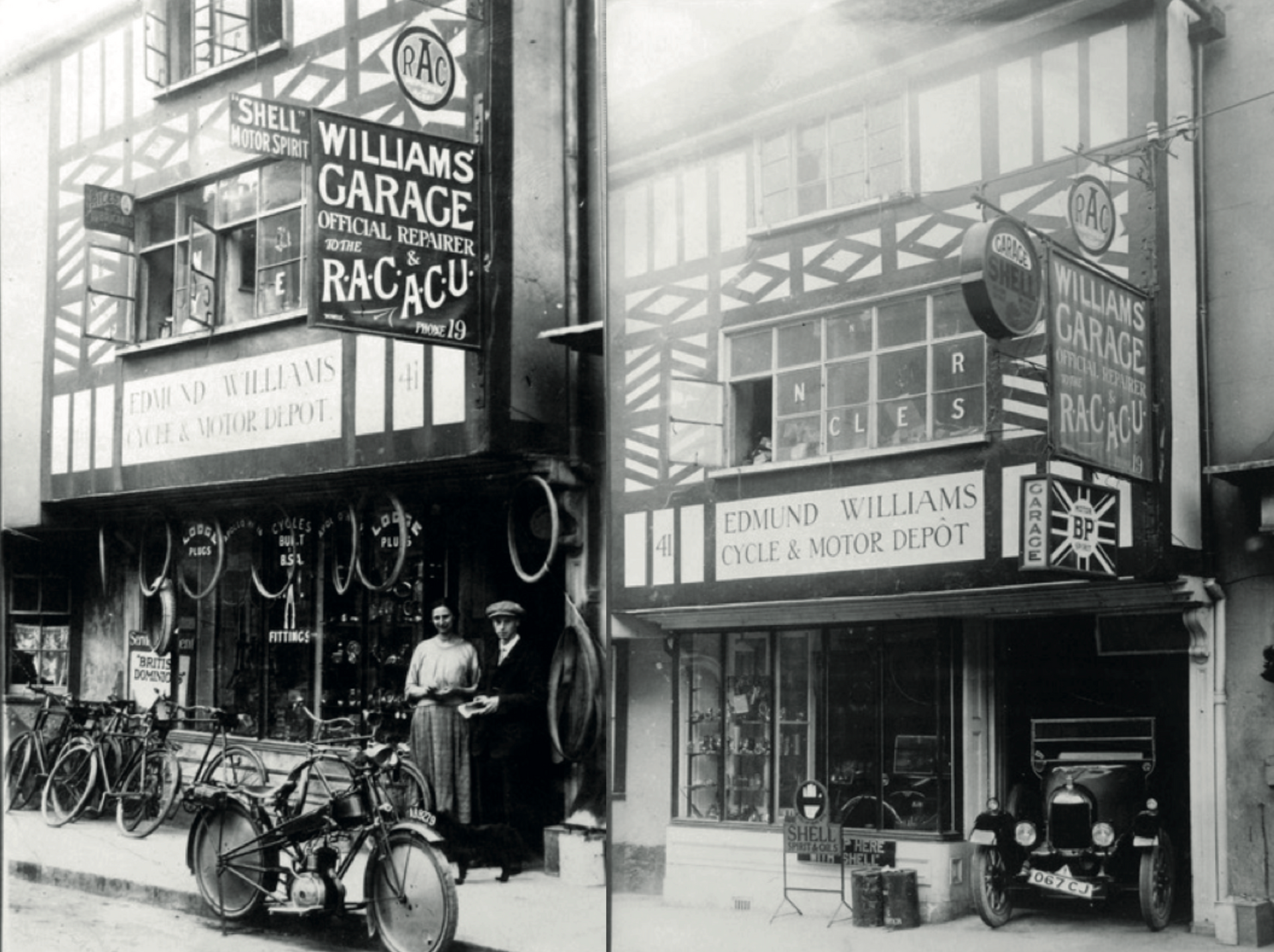
Bromyard Engineering and FastaKart – A Local Legacy
From wartime works to karting champions
Humble Beginnings: The story begins with Edmund Williams, who opened a garage in central Bromyard in the early 20th century. This family-run Edmund Williams garage became well known locally under Edmund’s son, Tony “Frank” Williams, and his wife Kaye. Tony and Kaye not only continued the motor repair business (even teaching customers skills like brazing in the back shop) but also ran an adjacent bicycle shop. This modest garage laid the groundwork for Bromyard’s engineering enterprise in the decades to come.
Wartime Contributions (1939–1945)
Aircraft Industry Support: In the lead-up to and during World War II, the Williams family business expanded its scope. Moving to a larger premises on Rowberry Street, it evolved into
Williams Engineering
and contributed to the war effort by machining aircraft components for British military planes. Notably, the workshop produced parts for the famed
Supermarine Spitfire
fighter, supplying the Midlands aircraft industry for the RAF. (Local recollections even suggest the Bromyard facility was used to store valuable aluminium stock for aircraft production – underscoring its importance to the wartime supply chain.) These efforts earned the firm a proud place in Bromyard’s history as a contributor to victory in the air.
Postwar Transition and Motorsport Links
Bromyard Engineering Established: After the war, Frank Williams steered the business into new ventures. In 1950, the Rowberry Street factory was revamped, and a cache of vintage cars and motorcycles that Barrie Williams’ grandfather Edmund, had collected was sold to Sir Montagu’s private motor museum. (Many of those “Bromyard cars” still reside in what is now the National Motor Museum at Beaulieu, Hampshire. linking Bromyard to national motoring heritage. By 1956, the enterprise was formally reorganised as Bromyard Engineering Co. Ltd., shifting focus from general motor trade to manufacturing.. This transition freed up space and capital, and set the stage for Bromyard to enter the burgeoning world of go-karting.
Racing Pedigree:
The Williams family were avid racers themselves. Tony “Frank” Williams had been a competitive motorcycle rider in his youth – he even achieved 8th place in the 1933 Manx TT as a works rider for Sunbeam. This lifelong passion for speed undoubtedly influenced Bromyard Engineering’s next chapter. His son,
Barrie “Whizzo” Williams, born in Bromyard in 1938, grew up immersed in this environment. Barrie would soon become a central figure, learning to drive and race at a young age through the family’s new go-kart venture, and eventually going on to a nearly 60-year career in motorsports.
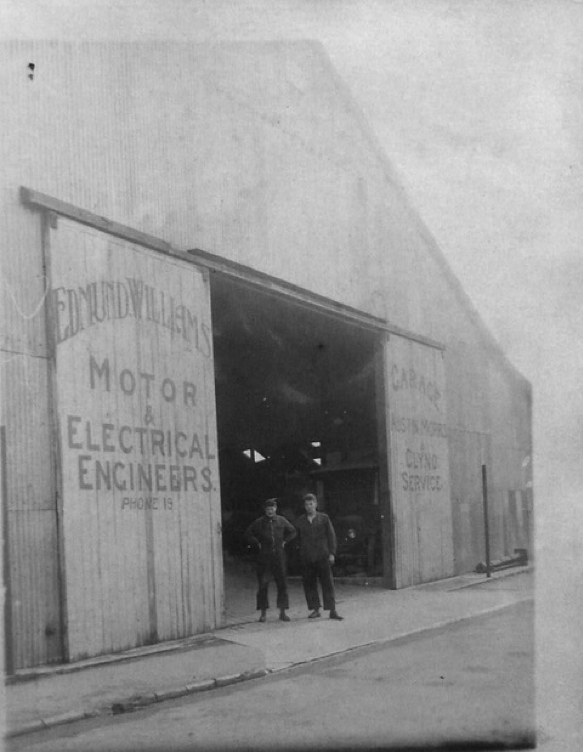
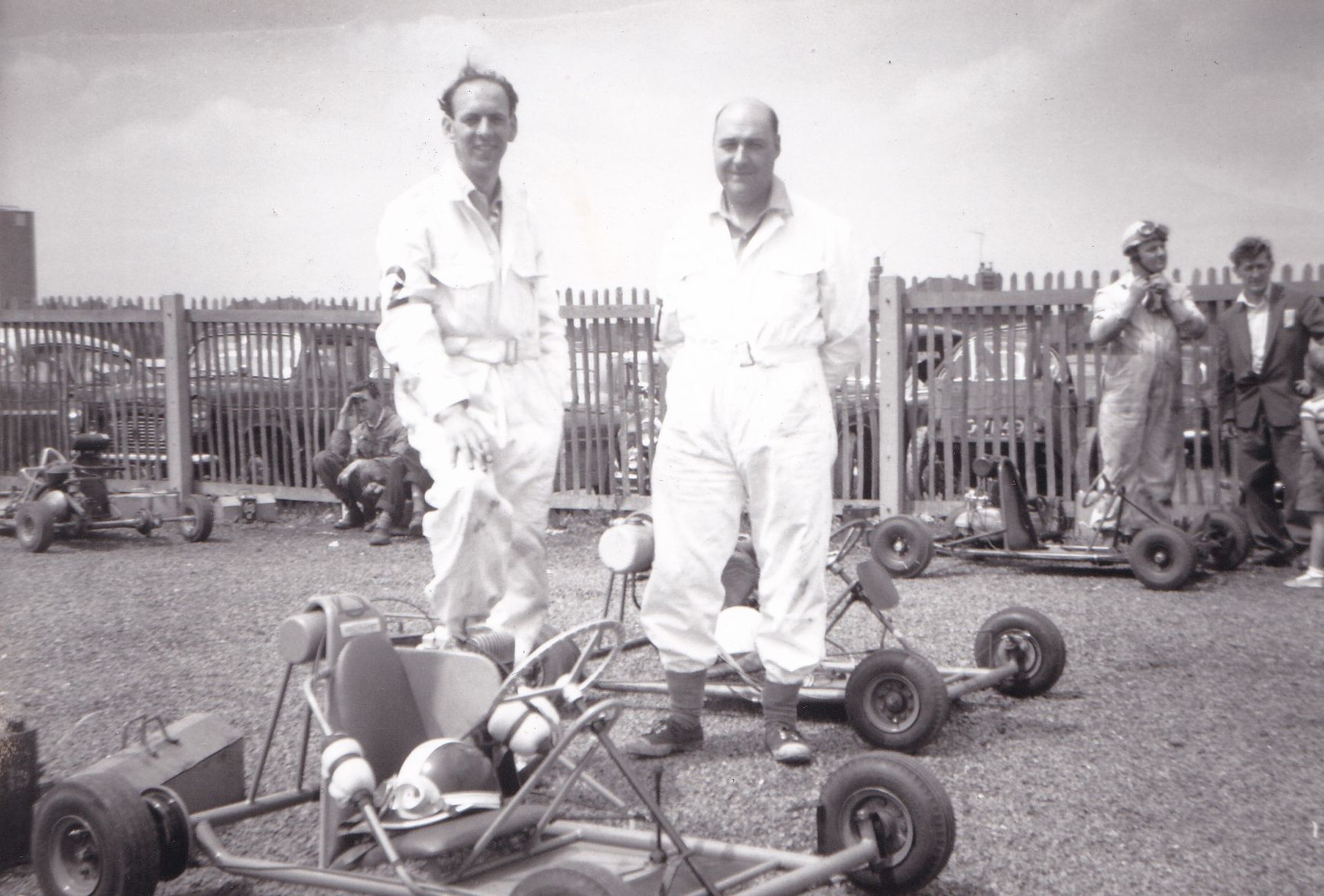
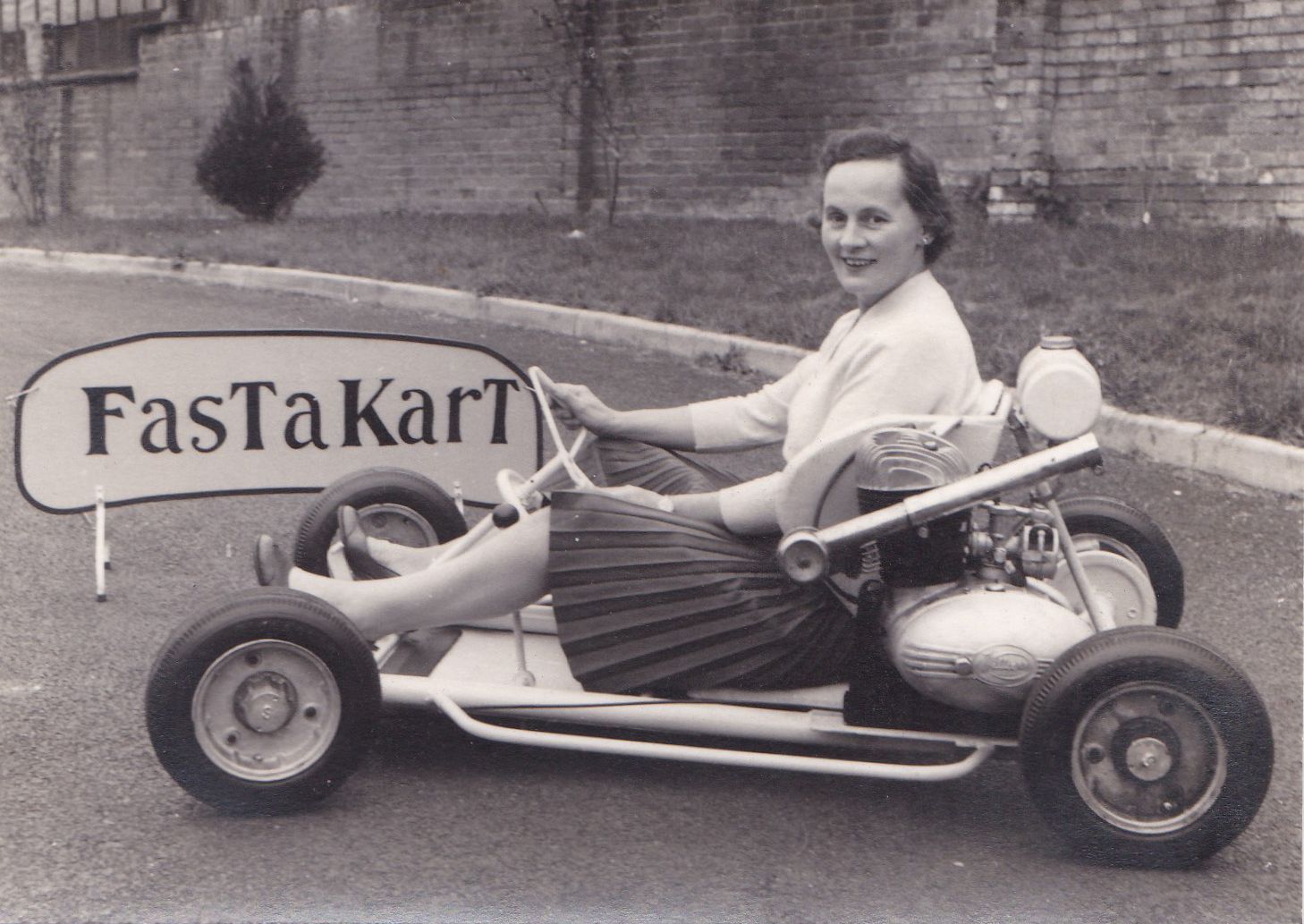
Birth of FastaKart – Britain’s First Go-Karts (1959)
Founding of FastaKart: In 1959 Bromyard Engineering launched one of Britain’s very first commercial go-karts, under the brand name FastaKart. Frank Williams partnered with Mel Bayliss, a like-minded engineer, as fellow director to design and build these karts in their Rowberry Street workshop. They were soon joined by colleagues like Eddie Evans, a skilled fabricator and tuner who played a key role in the small team. Together, this group crafted a simple yet effective kart chassis that would put Bromyard on the map of British karting. Early employees later recalled how they road-tested the prototype karts by zipping up and down Back Street (behind the factory) under young Barrie Williams’ enthusiastic guidance, fine-tuning the machines for competition (an image that captures the hands-on spirit of this enterprise).
Why “Fastakart”? The name itself – somewhat simplistically, Fast-a-kart – reflected the straightforward aim: build a fast kart. Frank Williams had been intrigued by the new craze of karting that was sweeping out of America in the late 1950s. He poured this interest and his engineering know-how into creating one of the first British-built go-karts. Barrie Williams, eager to follow in his father’s racing footsteps, became FastaKart’s test driver and unofficial “Number 1” pilot from the start.
Debut at Trentham and Early Production: FastaKart made its public debut around late 1959–1960. One early high-profile appearance was at a
Kart Show in Trentham Gardens (Staffordshire), where it was showcased as a
newcomer from Bromyard
alongside other fledgling manufacturers. By the end of 1959, Bromyard Engineering was producing karts in small batches – ultimately,
dozens of FastaKarts were built in the early 1960s, making the company one of the leading UK kart producers of the time. An inaugural price list and brochures were printed, and FastaKart soon received orders from around the country – even an overseas order from King Hussein of Jordan, according to one anecdote (though legend has it the team was never paid for that shipment!)
Impact on Early British Karting
Shaping the Rules: The emergence of FastaKart coincided with the birth of karting as an organised motorsport in Britain. In August 1959, karts were demonstrated at Silverstone, which prompted the Royal Automobile Club (RAC) to recognise the sport. At the crucial RAC rules conference in September 1959, Frank Williams and others advocated for gearbox-equipped karts (like the Villiers-engined FastaKart) to compete on equal terms with simpler direct-drive karts. The result was a class structure that gave gearbox karts parity in the new regulations, helping to shape competition classes for decades to come. This meant FastaKart could race in the top-performance category (RAC Class 4 for motorcycle-engined), influencing how early karting championships were run.
Technical Innovation: The FastaKart design proved highly competitive in the sport’s infancy. It used a “flexible tea-tray” chassis – essentially a simple, flat steel chassis that could flex – which turned out to handle better than many home-built or rigid-frame designs of the time. By late 1960, Fastakarts were consistently beating more elaborate kart chassis, validating the Williams team’s approach. The standard power unit was a 197cc Villiers two-stroke motorcycle engine with a gearbox, giving FastaKart strong acceleration. In an era of rapid innovation, Bromyard’s kart was at the cutting edge: by the end of 1960 the now common three or four-rail kart chassis had appeared, but the Bromyard machines were already winning with their simpler layout.
On-Track Success: Barrie “Whizzo” Williams quickly made a name driving the FastaKart. In April 1960, Karting magazine published a full track test of the FastaKart, praising its performance. That summer, Barrie entered the kart races at circuits like Aintree: at one August 1960 meeting, he won his class in a FastaKart-Villiers (carrying the number 128) while Frank Williams, age Fifty-ish, raced alongside him in another FastaKart (no. 127). FastaKart was also advertised prominently - the official program of the inaugural 1961 RAC Karting Championships featured a FastaKart advertisement on its cover. Barrie’s crowning achievement in karts came when he won the 1961 Spanish Kart Grand Prix in Barcelona driving a FastaKart, against international competition. By this time, Bromyard’s little kart was recognised as one of the fastest in Britain.
Scale and Market Share: During the early 1960s,
Fastakart captured a significant share of the UK kart market, especially in the high-performance classes. It was one of only a handful of manufacturers in 1960 (others included Motor Karts, Trokart, Progress, etc.), and by 1961–62 FastaKart chassis were on grids across the country. While exact production numbers are not recorded, it’s believed Bromyard Engineering produced on the order of
50–100 karts in total. Their influence outweighed their small production: by 1963, new players like Dart Kart and Zip Kart entered the scene, and the sport had evolved, but Bromyard Engineering’s early lead meant FastaKart had become a well-known name among karting enthusiasts.
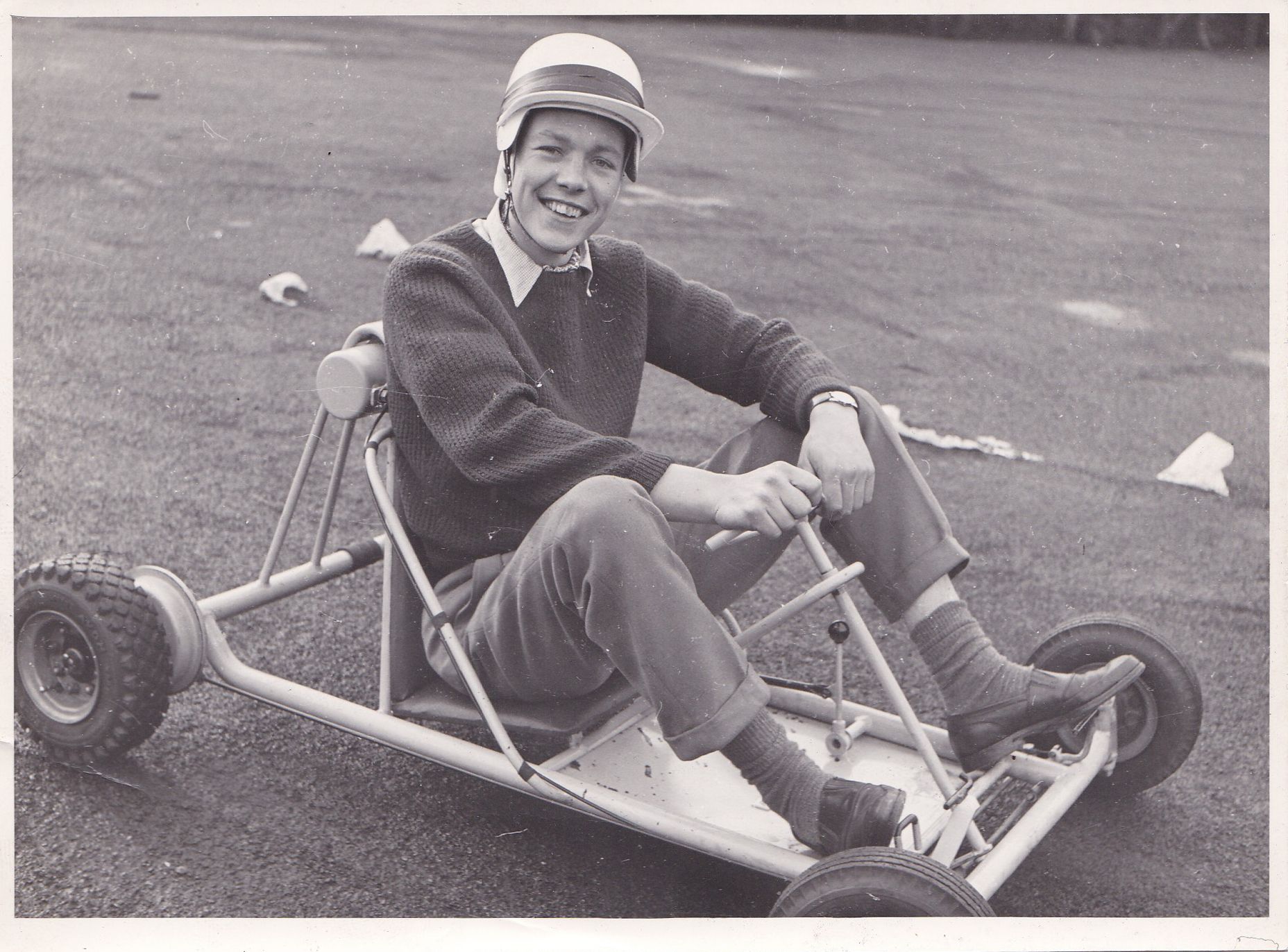
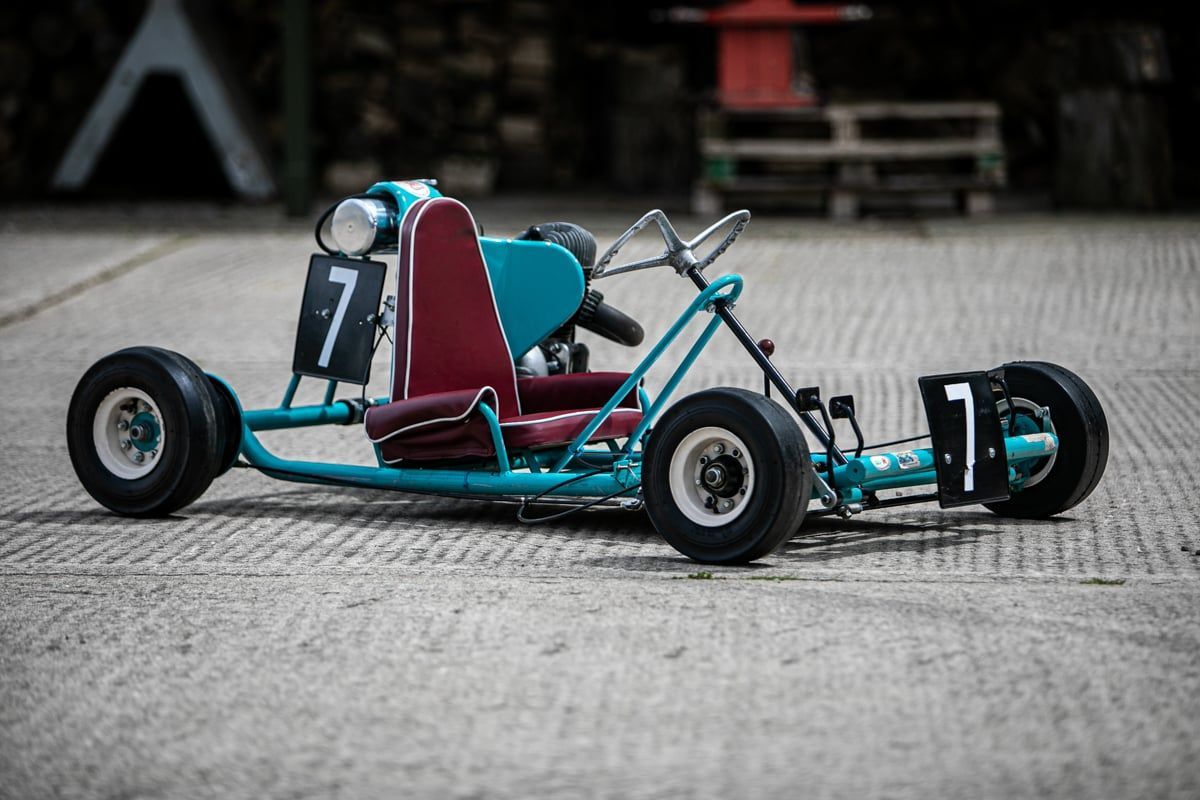
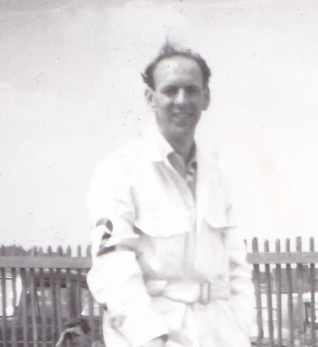
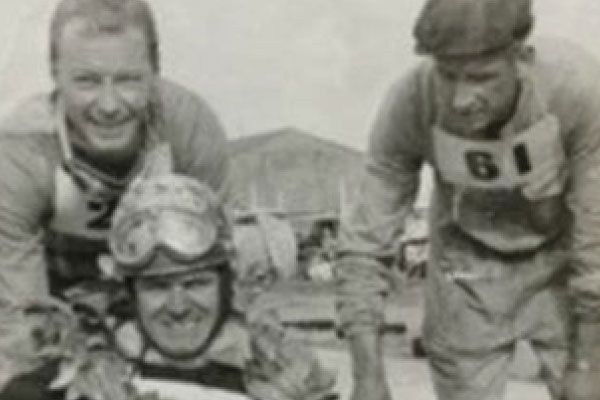
Key Individuals and Their Roles
Tony “Frank” Williams (1910s–1980s): The proprietor of Bromyard Engineering and patriarch of the Williams family, Frank was the driving force behind FastaKart. An engineer and former motorcycle racer himself, he combined technical skill with entrepreneurial vision. He is credited as the “brainchild” of the Fastakart project, overseeing design and production. Frank’s enthusiasm for motorsport set the tone – he was often seen tuning karts or even racing alongside his son. His legacy lives on in Bromyard for having put the town at the forefront of British karting.
Mel Bayliss (b. 1928): Co-founder and engineer, Mel was Frank’s right-hand in the FastaKart venture. He built the first Fastakart chassis together with Frank in 1959, translating their ideas into metal. A passionate engineer, Mel’s career didn’t stop with karts – by the late 1960s, he pivoted to manufacturing hydraulic rams, founding what became Wye Cylinder Engineering in Herefordshire. Yet, he remained proud of the karting days; his Fastakart involvement is remembered as the spark that ignited his successful engineering business. Mel Bayliss’s son Ken even joined Bromyard Engineering in the 1970s, showing how that legacy continued.
Eddie Evans: A name well known in Bromyard circles, Eddie Evans was a key member of the Bromyard Engineering team during the FastaKart era. Described by contemporaries as an inventive mechanic, Eddie worked on the shop floor assembling karts and refining their engines. He often assisted Barrie Williams with kart setup at races and was integral to keeping the Fastakarts competitive. While less public-facing than the Williams or Bayliss, Eddie’s contributions were crucial to FastaKart’s build quality and track success, and he is fondly remembered as a backbone of the operation. (Note: Information on Eddie Evans comes from local historical accounts, as he wasn’t featured in national media.)
Barrie “Whizzo” Williams (1938–2018): The star driver born of this endeavor, Barrie’s career started in the seat of a FastaKart. As the only child of Frank and Kaye Williams, Barrie grew up in the garage. He learned the art of speed in the back alleys of Bromyard, then proved himself in kart races across Britain. After dominating in karts, he transitioned to cars, famously winning the 1964 Welsh Rally in a Mini Cooper S (setting off from Bromyard to do so). Barrie went on to become a celebrated racing driver in touring cars and historic racing, but he always acknowledged that his skill was forged on the little Fastakart. With a personable, cheery character, “Whizzo” became an ambassador for Bromyard’s motorsport heritage. He remained involved with FastaKart into later life, restoring his original kart and running demonstration laps on it well into the 2010s.
Lasting Legacy and Commemoration
Historic Machines Preserved: The influence of Bromyard Engineering and FastaKart can still be seen today. Surviving Fastakart karts are now prized collectors’ items – for example, Barrie Williams’ 1961 Fastakart (complete with its Villiers 9E engine) was restored to immaculate condition by Barrie himself and is regularly exhibited at historic karting events. It even went to auction in 2019, highlighting its value as a piece of motorsport history. Meanwhile, some of the vintage pre-war vehicles originally amassed by Edmund and Tony Williams, such as a 1922 Maxwell charabanc, still reside in the National Motor Museum, Beaulieu, representing Bromyard’s contribution to early motoring collections.
Motorsport Heritage in Bromyard: The town of Bromyard proudly celebrates this unique heritage. In recent years, the Bromyard Speed Festival has paid tribute to Barrie “Whizzo” Williams and the FastaKart story. In 2017, Barrie’s mother, Kaye Williams, attended the festival at 102 years old, witnessing the community honour her family’s legacy. Fastakart demonstrations and static displays have featured, allowing younger generations to see the little red karts that once roared around Bromyard’s lanes.
Recognition:
The Williams family legacy is ingrained in Bromyard – Barrie Williams is often affectionately referred to as Bromyard’s racing hero. A window display in the town recounts the tale of Bromyard Engineering and FastaKart, underlining its significance in British karting history. Enthusiasts from the
British Historic Kart Club and
other groups frequently remember FastaKart as one of the earliest and most important British karts.
This local engineering adventure not only jump-started Barrie Williams’ illustrious career, but also placed a small Herefordshire town firmly on the map in the early days of kart racing. It’s a story of ingenuity, family passion, and lasting impact on motorsport – a true Bromyard legacy.

